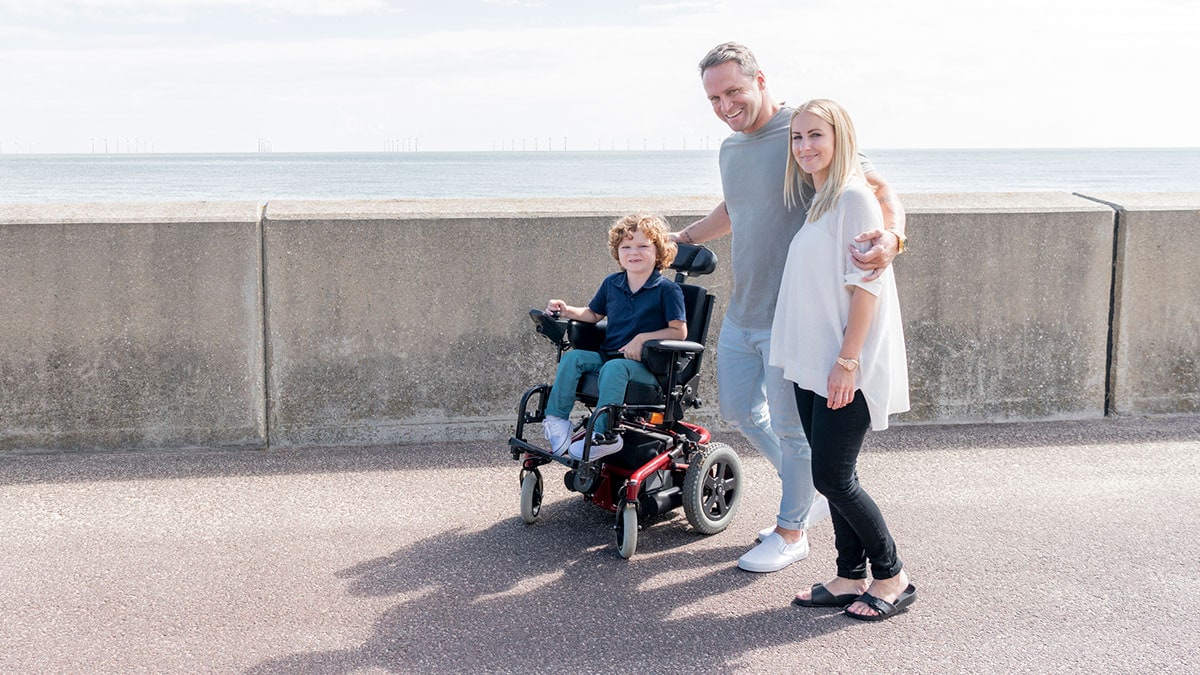Key points
- Muscular dystrophies are a group of genetic diseases in which muscles become weak.
- Each kind of muscular dystrophy affects specific muscle groups, appears at different ages, and varies in severity.
- CDC's muscular dystrophy work focuses on conducting public health research, improving care and services, and promoting early diagnosis.

What it is
Muscular dystrophies are a group of genetic diseases in which muscles become weak. Over time, muscle weakness decreases mobility, making everyday tasks difficult.
There are many kinds of muscular dystrophy. Each kind affects specific muscle groups, with signs and symptoms appearing at different ages, and varying in severity. Muscular dystrophies are caused by changes in over 40 genes.1
Muscular dystrophy can run in families, or a person can be the first in their family to have a muscular dystrophy. People with the same kind of muscular dystrophy may experience different symptoms even within the same family.
Limited data and information are available on different types of muscular dystrophy. The Centers for Disease Control and Prevention (CDC) works to estimate the number of people with each kind of muscular dystrophy.
What CDC is doing
The CDC funds the Muscular Dystrophy Surveillance, Tracking, and Research Network, known as MD STARnet. MD STARnet collects critical information about muscular dystrophy that aims to improve care for those living with the disease.
CDC and the American Academy of Pediatrics created a tool for parents who are concerned about their child's motor delay. Parents can identify "red flags" they see when their child stands, walks, climbs stairs, holds toys, and other activities. This project is designed to shorten the time to diagnosis.
CDC funded the development of care considerations for Duchenne muscular dystrophy. The agency also funded clinical care guidelines for other types of muscular dystrophy.
Resources and tools
Visit the Muscular Dystrophy Resources page to find more resources for patients and families with muscular dystrophy.
- Mercuri E, Bönnemann CG, Muntoni F. Muscular dystrophies. Lancet. 2019;394(10213):2025-2038. doi:10.1016/S0140-6736(19)32910-1
